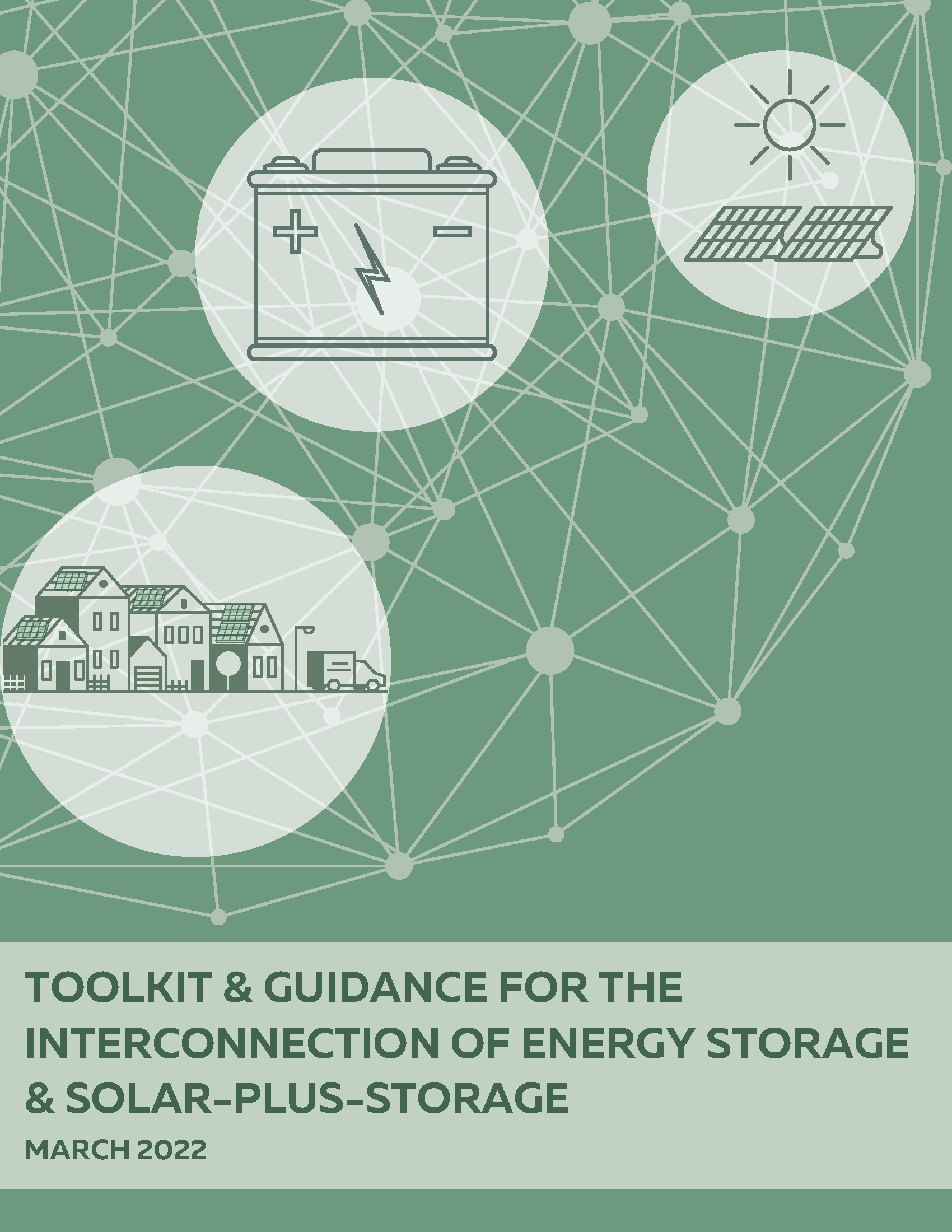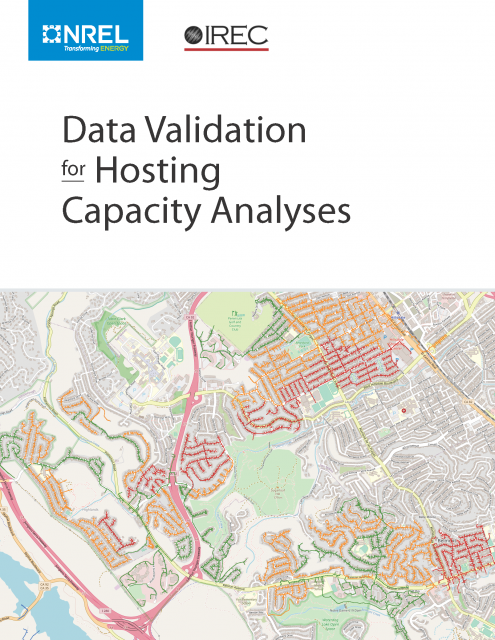Toolkit and Guidance for the Interconnection of Energy Storage and Solar-Plus-Storage
Download the BATRIES Toolkit for the culmination of over a year of research and analysis by utility and industry experts to develop solutions to eight barriers to energy storage interconnection.
Energy storage systems (storage or ESS) are crucial to enabling the transition to a clean energy economy and a low-carbon grid. Storage is unique from other types of distributed energy resources (DERs) in several respects that present both challenges and opportunities in how storage systems are interconnected and operated. Although many jurisdictions are taking steps toward integrating storage, substantial technical and regulatory barriers remain to the rapid integration of ESS onto the grid, including and especially related to interconnection.
Well-designed interconnection rules that effectively address the unique operating capabilities and benefits of storage are essential to the rapid and cost-efficient integration of storage onto the grid in a safe and reliable manner. The Building a Technically Reliable Interconnection Evolution for Storage (BATRIES) project provides recommended solutions and resources for eight critical storage interconnection barriers, to enable safer, more cost-effective, and efficient grid integration of storage in this Toolkit and Guidance for the Interconnection of Energy Storage and Solar-Plus-Storage (Toolkit).
The eight priority storage interconnection barriers included in the Toolkit are:
- Lack of inclusion of storage in interconnection rules, and the lack of clarity as to whether and how existing interconnection rules (and related documents, such as application forms and agreements) apply to storage systems (Chapter II)
- Lack of inclusion of acceptable methods that can be used for controlling export of limited-and non-export systems in interconnection rules (Chapter III)
- Evaluation of non- and limited-export systems based on unrealistic operating assumptions that lead to overestimated grid impacts (Chapter IV)
- Lack of clarity regarding the impacts of inadvertent export from limited- and non-export systems and the lack of a uniform specification for export control equipment response times to address inadvertent export (Chapter V)
- Lack of information about the distribution grid and its constraints that can inform where and how to interconnect storage (Chapter VI)
- Lack of ability to make system design changes (other than downsizing the system) to address grid impacts and avoid upgrades during the interconnection review process (Chapter VII)
- States that have not incorporated updated standards into their interconnection procedures and technical requirements (Chapter VIII)
- Lack of defined rules and processes for the evaluation of operating schedules (Chapter IX)
Click on a chapter above to read the key takeaways and download the chapter file. Or download the full Toolkit and Guidance for the Interconnection of Energy Storage and Solar-Plus-Storage using the form on this page for all chapters and recommendations.
This material is based upon work supported by the U.S. Department of Energy’s Office of Energy Efficiency and Renewable Energy (EERE) under the Solar Energy and Technologies Office Award Number DE-EE0009002.0001. This report was prepared as an account of work sponsored by an agency of the United States Government. Neither the United States Government nor any agency thereof, nor any of their employees, makes any warranty, express or implied, or assumes any legal liability or responsibility for the accuracy, completeness, or usefulness of any information, apparatus, product, or process disclosed, or represents that its use would not infringe privately owned rights. Reference herein to any specific commercial product, process, or service by trade name, trademark, manufacturer, or otherwise does not necessarily constitute or imply its endorsement, recommendation, or favoring by the United States Government or any agency thereof. The views and opinions of authors expressed herein do not necessarily state or reflect those of the United States Government or any agency thereof.


